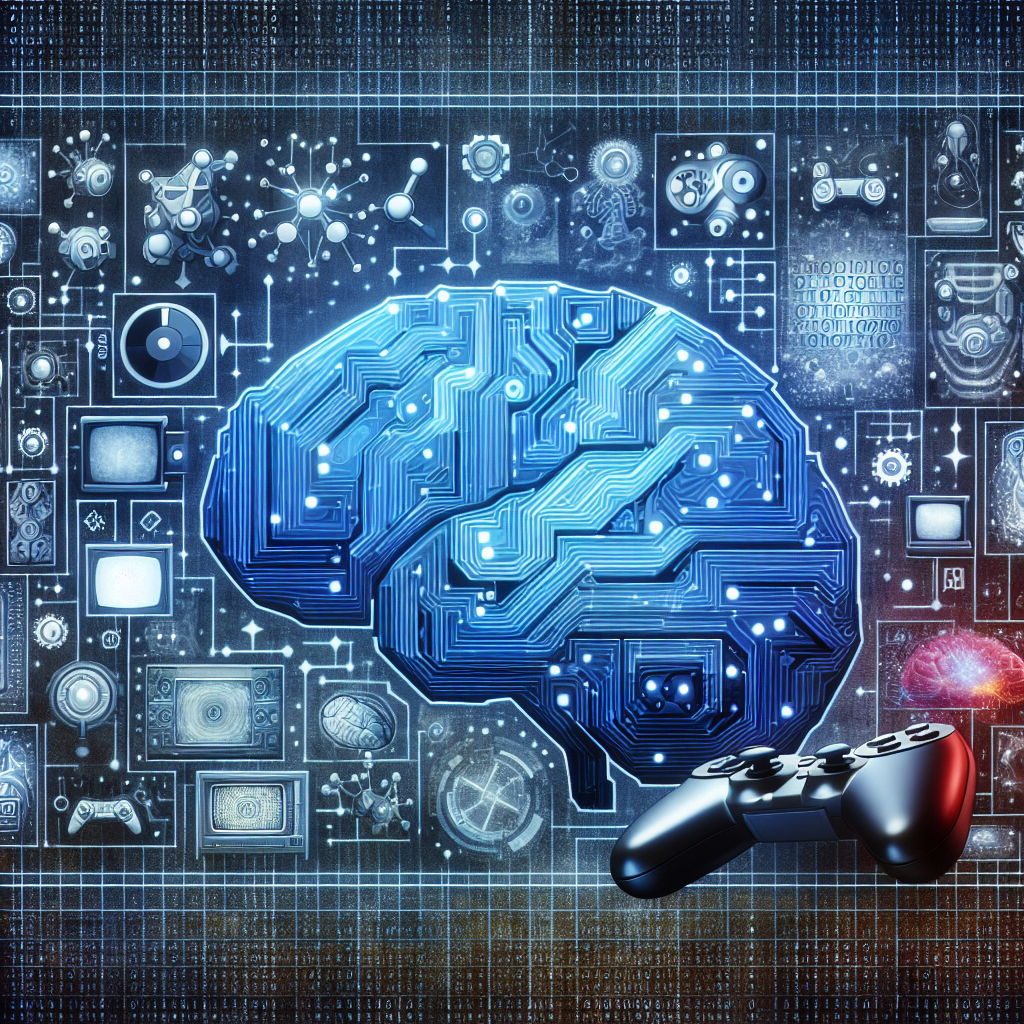Artificial Intelligence (AI) has been a game-changer in the world of video game development, particularly in the creation of procedural content. Procedural content refers to the generation of game content, such as levels, characters, and items, using algorithms rather than traditional hand-crafted methods. This approach allows for a nearly infinite variety of content to be created, making each playthrough a unique experience for the player.
AI plays a crucial role in the development of procedural content in games by powering the algorithms that generate this content. By using AI, developers can create more complex and dynamic game worlds that adapt to player actions and preferences. This not only saves time and resources in the game development process but also ensures that players always have something new and exciting to discover.
One of the key benefits of using AI in procedural content generation is the ability to create highly realistic and immersive game worlds. AI algorithms can analyze player behavior and preferences to tailor the game experience to each individual player. This level of personalization can greatly enhance player engagement and retention, as players are more likely to continue playing a game that feels tailored to their interests.
In addition to creating unique and engaging game worlds, AI can also help developers address common challenges in procedural content generation, such as maintaining balance and ensuring quality. AI algorithms can analyze the generated content to identify any issues or imbalances and make adjustments accordingly. This level of automation can save developers valuable time and resources that would otherwise be spent manually tweaking and testing content.
Furthermore, AI can also be used to enhance the storytelling aspect of games by generating dynamic narratives that respond to player choices and actions. By using AI algorithms to create branching storylines and dialogue options, developers can create more immersive and interactive narratives that keep players engaged and invested in the game world.
Overall, AI has revolutionized the way procedural content is created in games, allowing developers to create more dynamic, immersive, and engaging game experiences. As AI technology continues to advance, we can expect to see even more innovative uses of AI in procedural content generation, further pushing the boundaries of what is possible in game development.
FAQs about AI and the Development of Procedural Content in Games
1. How does AI generate procedural content in games?
AI uses algorithms to analyze data and generate game content, such as levels, characters, and items. These algorithms can be programmed to create content based on a variety of factors, such as player behavior, preferences, and game design parameters.
2. What are the benefits of using AI in procedural content generation?
AI can help developers create more dynamic and immersive game worlds, tailor the game experience to individual players, address common challenges in content generation, and enhance storytelling through dynamic narratives.
3. How can AI improve player engagement in games?
By tailoring the game experience to individual players, AI can increase player engagement by creating more personalized and immersive game worlds. This level of customization can help keep players invested in the game and encourage them to continue playing.
4. What are some examples of games that use AI for procedural content generation?
Games like No Man’s Sky, Minecraft, and Spelunky are examples of games that use AI for procedural content generation. These games feature highly dynamic and customizable game worlds that are created using AI algorithms.
5. How is AI advancing the field of procedural content generation in games?
AI technology is constantly evolving, allowing developers to create more complex and immersive game worlds that adapt to player actions and preferences. As AI continues to advance, we can expect to see even more innovative uses of AI in procedural content generation in the future.

